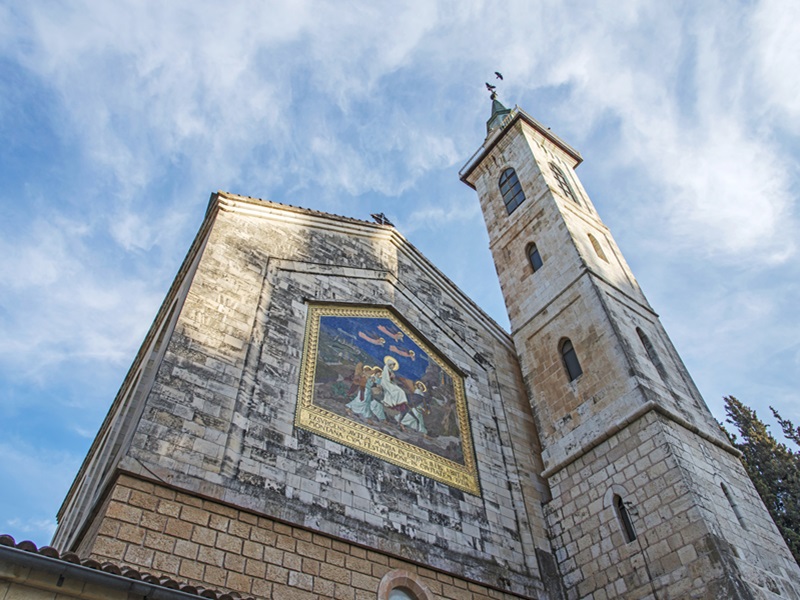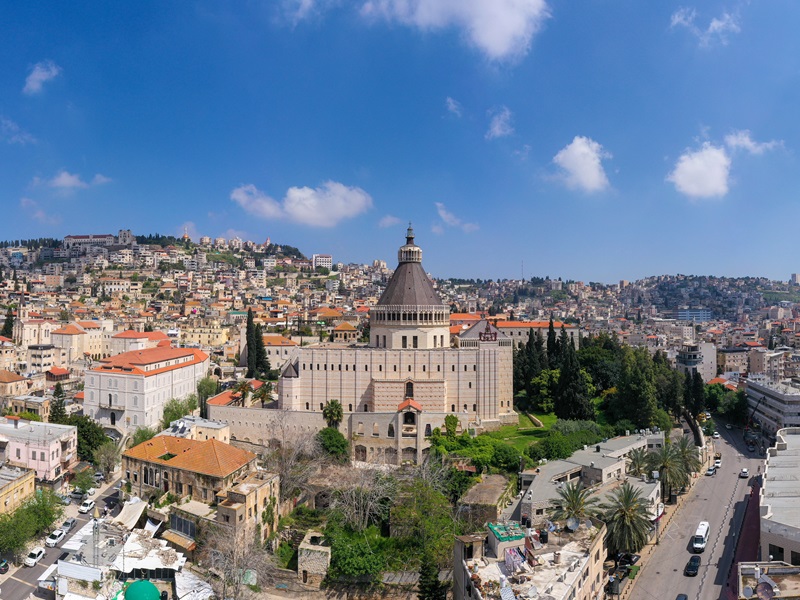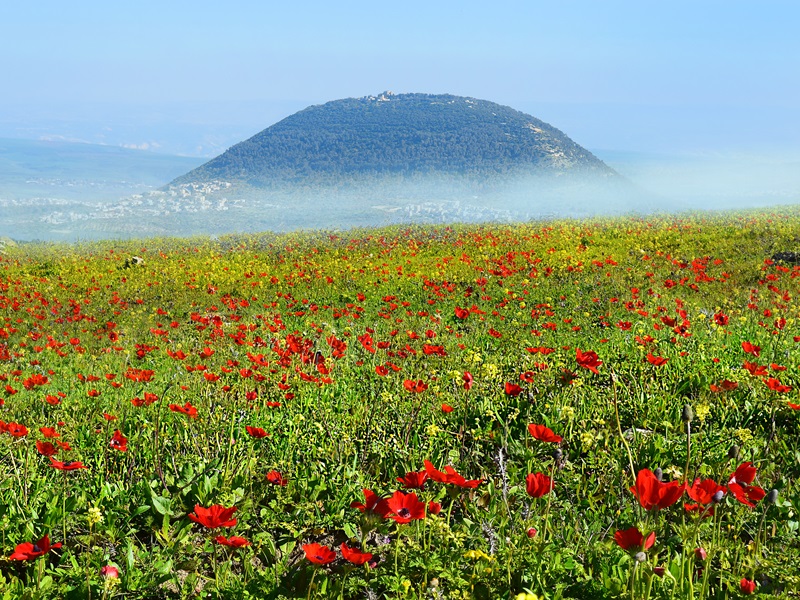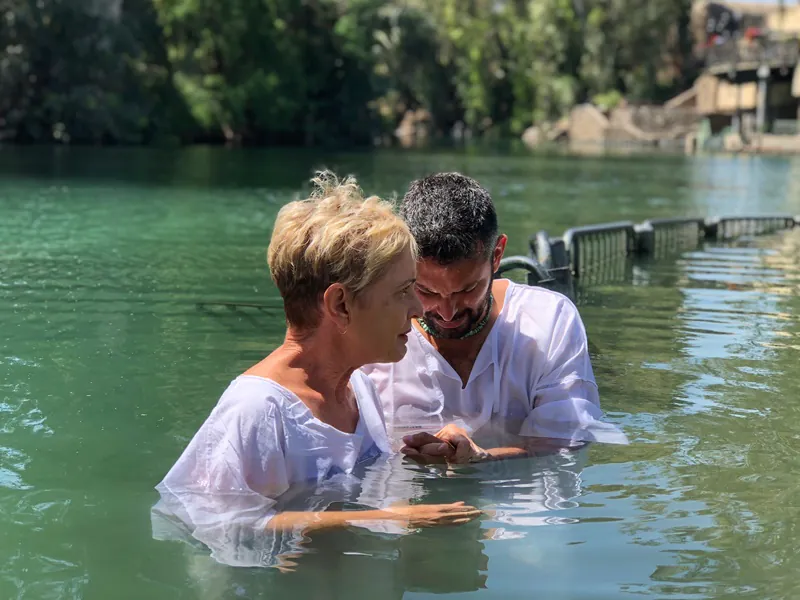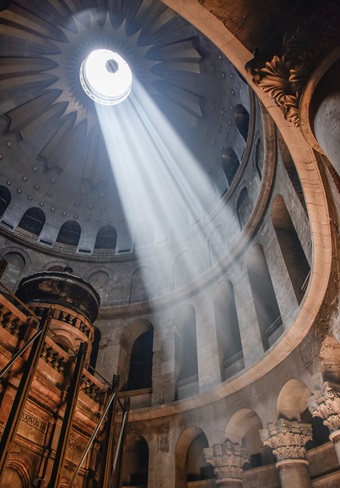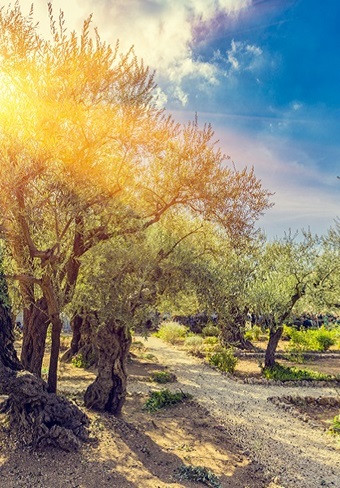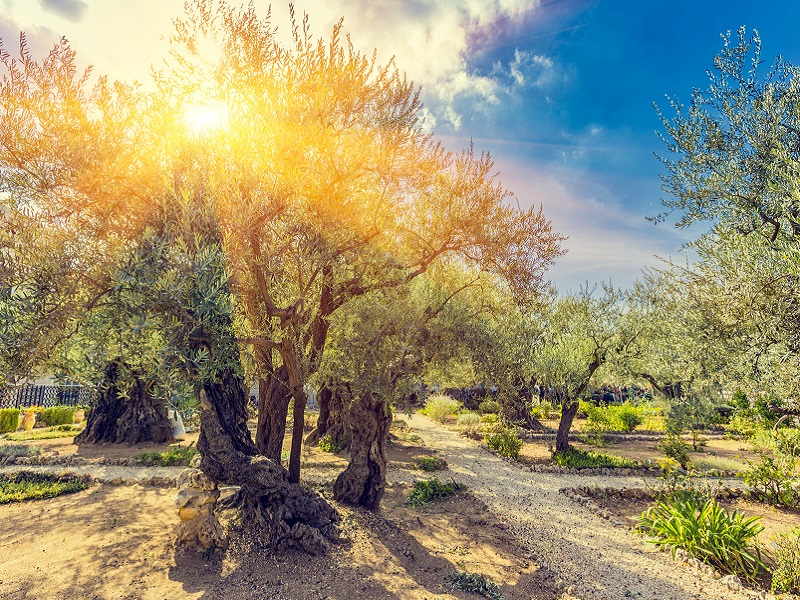Chapel of the Ascension, Mount of Olives

Perched on the top of Mount of Olives, east of Jerusalem’s Old City, the Chapel of the Ascension is a significant historical landmark. Rooted in centuries-old Christian tradition, this site commemorates the spot where Jesus ascended to the heavens after his resurrection. Revered by Christians of all denominations, the site remains a popular pilgrimage destination to this day.
Historical Significance
The Chapel of the Ascension is associated with Jesus’ ascension as documented in the Book of Acts (Acts 1:9-12). Identified near the contemporaneous Eleona church, the first church was built in the 4th or 5th century. It was a concentric round church, whose center was not covered. The Crusaders later restored the church, transforming it into an octagonal design. During of Saladin’s time most of the church was dismantled with the remaining central part converted into a mosque. Since than a Muslim family oversees the maintenance of the site.
Visiting the Chapel of the Ascension
The site welcomes visitors every day of the week from 8:00 to 17:00. Enter the courtyard and you will notice remains of the medieval octagonal church. The focal point is an indentation in the bedrock within the central chapel, believed to be the imprint of Jesus’ foot during his ascension.
Integrate a visit to the site with a day tour of Jerusalem or a multi-day tour of the Holy Land.
